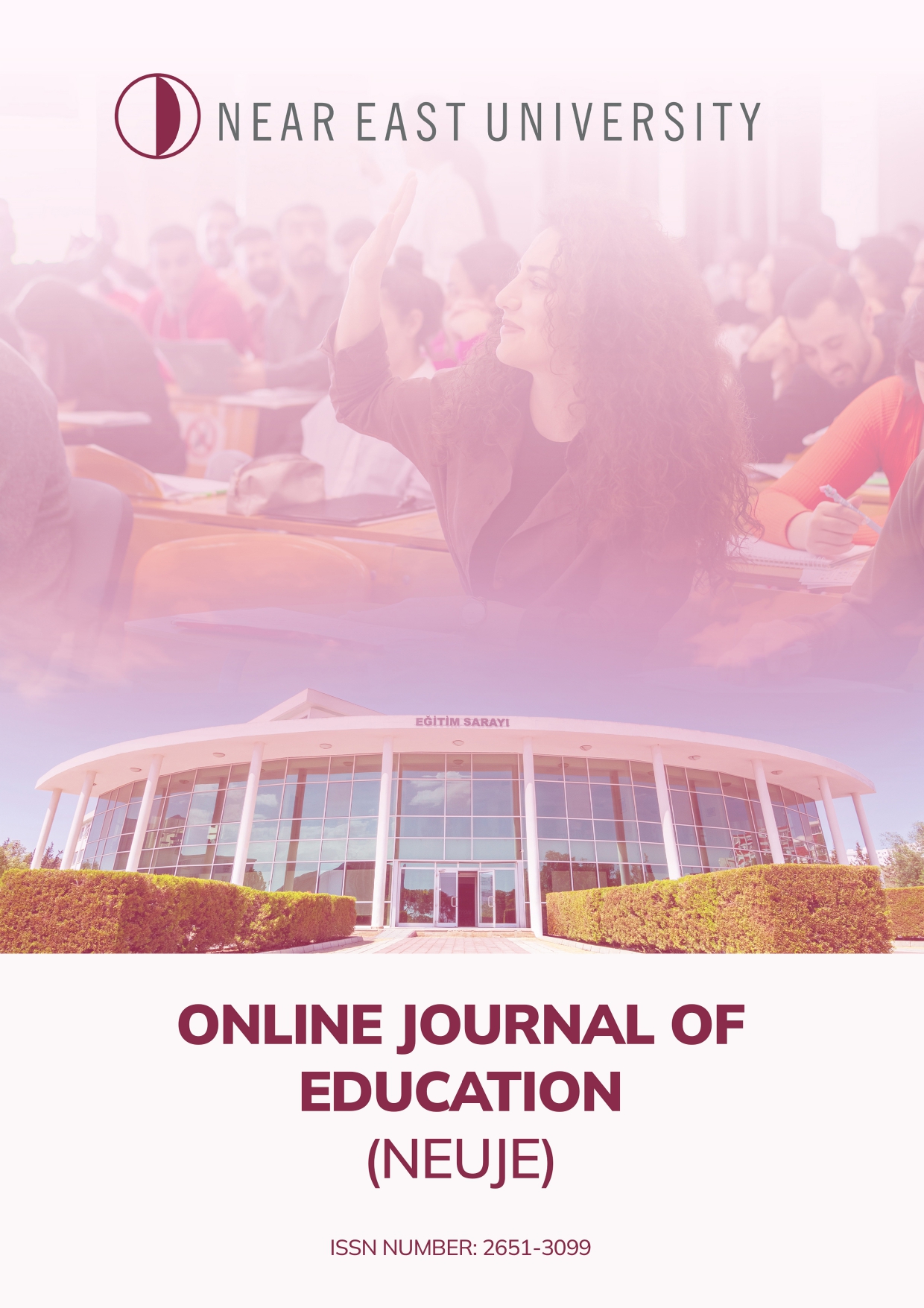TEACHER'S OPINIONS ON THE EDUCATION OF INCLUSIVE STUDENTS
DOI:
https://doi.org/10.32955/neuje.v4i2.430Abstract
The purpose of this research is to examine the views of primary school teachers in the education process of inclusive students. The participants of the research were Şht. Mustafa Kurtuluş Primary School teachers. Our participant group of 10 consists of classroom teachers. Research data were collected by semi-structured interview technique, one of the qualitative research methods. The data obtained from the research were analyzed descriptively. As a result, considering the difficulties faced by classroom teachers in inclusion practices in primary schools, and the research findings in order to make mainstreaming education more successful, it can be suggested that all school personnel, especially classroom teachers, be conscious of mainstreaming practices and that sufficient resources and materials should be accessed for resource education. It shows that primary school teachers stated that students with special needs develop academically and socially during the inclusive education process, and that the inclusion practices that they want to be in the TRNC for students with special needs can be achieved with the participation of the families of the students with special needs and the cooperation with the guidance teacher and special education teacher. Classroom teachers support each other by exchanging ideas with other teachers the most. In inclusive education, a more successful inclusive education is considered when the difficulties experienced by classroom teachers in the support education service for students with special needs are minimized and the inclusive practices that are desired to be in the TRNC are realized.
Keywords: Inclusive Education, Teachers' Views, Students with Special Needs.
Downloads
Published
How to Cite
Issue
Section
License
Authors who publish with this journal agree to the following terms:





